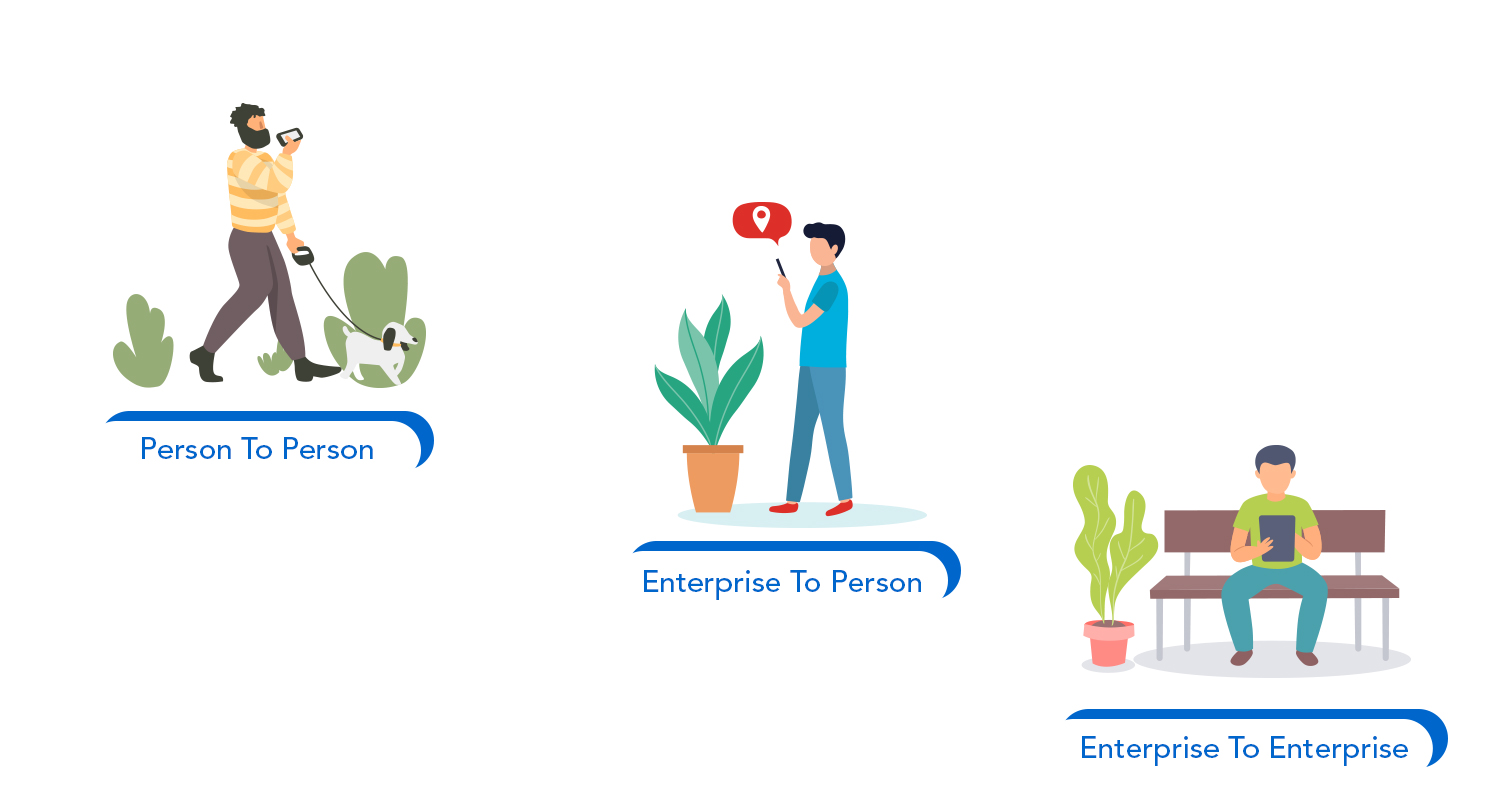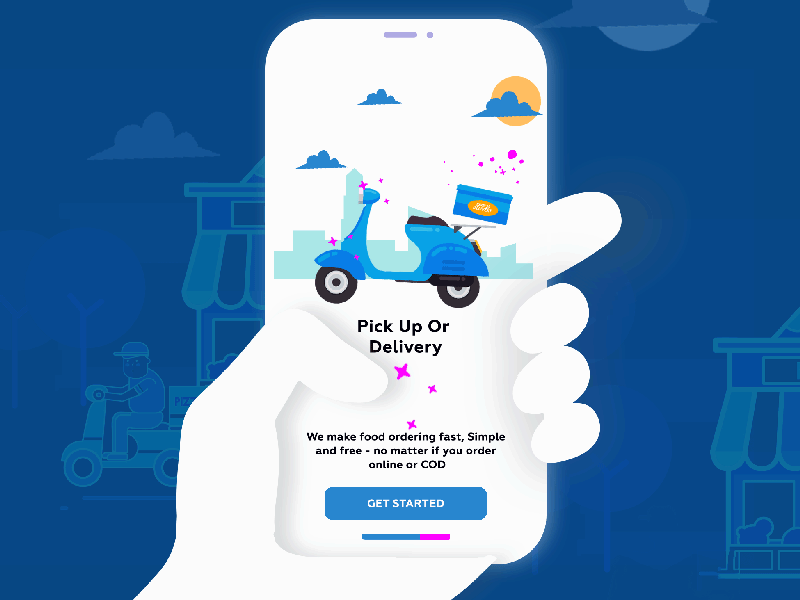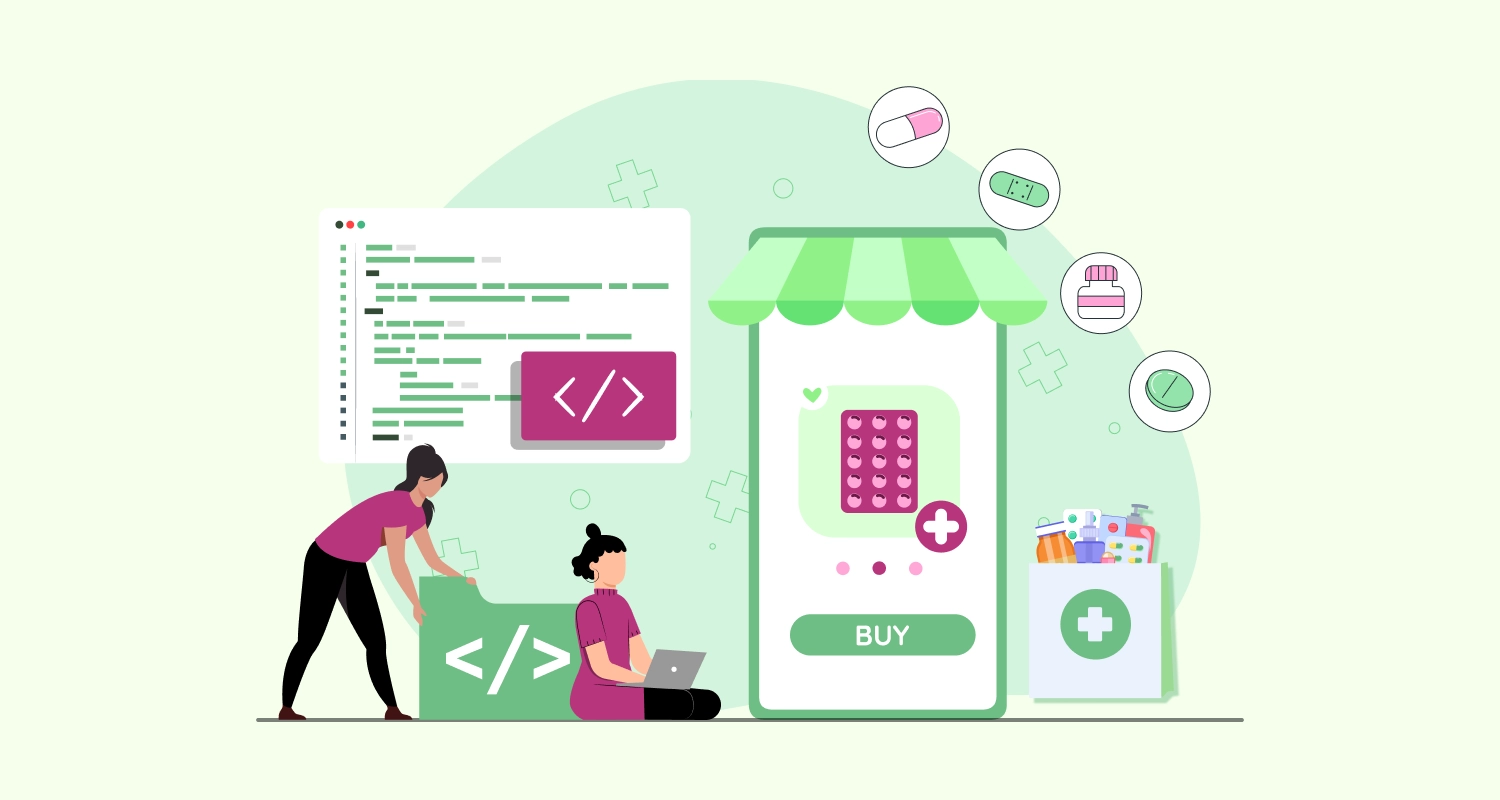On-demand apps are increasingly getting popular and from cab apps to food ordering apps to apps for ordering groceries and daily needs, on-demand app development is facing never-before demands from entrepreneurs across niches.
As nearly 3 million people now use smartphones and a vast majority of them use their devices throughout the day, these users increasingly prefer it extremely convenient to order their needful through mobile apps. This is precisely why on-demand apps are no longer limited to just food ordering apps. Almost all consumer businesses can take advantage of such apps now.
Here through the length of this post, we are going to explore the opportunities opened by on-demand apps along with the challenges such apps face and the strategies businesses need to adapt to take on the opportunity of such apps.
Why Do Businesses Need To Invest In The On-Demand App?
With on-demand apps, your existing business can reach a wider audience and grab businesses that were otherwise impossible. Basically, on-demand apps offer the smartest way to make your business deliverables for the wider audience. On-demand apps offer the smartest way to engage your customers, enhance the frequency of orders and boost business volume.
Take the example of food startup app idea that prospered in recent years. If you have a food restaurant chain and cater to the city population, by simply turning your business into an on-demand food app you can give your business a push in terms of sales, customer engagement, and customer loyalty. The app will allow your customers a smart way to order foods when and where they need. Similarly, as a retailer of household goods, you can simply scale up your business through an on-demand app and can outreach wider audience and deliver products throughout the city.
Some of the key advantages of on-demand based businesses include the following:
- Fast paced delivery of products and services.
- Delivery of products and services when customers need and where they need.
- Competitive price advantage thanks to large scale business model.
- A wider variety of niche products is available as most suppliers are eager to work with on-demand apps.
- Scope of boosting customer loyalty with convenient and frequent orders.
Types of On-demand Application You Can Develop
On-demand apps are continuing to penetrate across all business niches that deal with consumers directly. Besides, on-demand apps are also penetrating into the business to business space. Considering different facets of on-demand apps, here are the 3 major types of on-demand applications.
1. Person to Person
This is a type of on-demand app that allows a person to demand a service from another person or it allows a person to offer the service to another person. The app in the middle just facilitates both the service provider and the consumers to connect and deliver the service in a frictionless way. Uber, Airbnb, Postmate, are some of the most popular on-demand apps in this category.
2. Business to Person
When a business creates an app to deliver products and services directly to the customers through an app, it comes under this category. The user can directly choose products when using the app and can order them for home delivery. McDonalds App for delivering foods at doorstep and grocery delivery apps like Big Basket are nice examples of this category of on-demand apps.
3. Business to Business
A business can rely on various small business apps to deliver its products and services and to reach out to the customers. For example, Walmart goods can be supplied through several small business apps with a revenue sharing model. Food ordering apps are also nice examples of this type of apps. For example, Zomato or Swiggy as an on-demand app business provides their service to the customers by tying up with the restaurants.
Understand Execution Flow Of An On-Demand App
How on-demand apps really work? Well, to understand this, the steps in the execution of an on-demand app should be explained in brief. Let’s have a look at the steps.
1. Seek
In all types of on-demand apps, this step remains the same. Irrespective of the on-demand app in question, an individual basically tries to book a service and seeks the approval of the service provider.
2. Approve
At the second stage, the service provider can either approve or disapprove the service request based on several factors including unavailability, location-specific challenges, etc. In the case of the vast majority of on-demand apps, disapproval scarcely occurs and most of the time request for service is approved.
3. Track
When a request is approved, the app user in real time can track the progress of the delivery. Most on-demand apps allow real-time tracking and allow tracking the products in transit on a map.
4. Delivery
At this stage, the product or service reaches the customer location and the delivery is completed. After delivery, the customer is notified with a message for the same.
5. Rating and Reviews
After the delivery is completed the customer is guided to an app screen where he can rate the service and the product and post reviews for the same.
5 Requisite On-demand Mobile App Development Strategies
Now that you have understood how the on-demand apps work and how they benefit users and aspiring businesses, it is time to understand how you can devise a better strategy for on-demand mobile apps. Before you hire Android app developers or opt for an iOS app developer to build an on-demand app, make sure you know what it takes to develop a really engaging app like this. Let us explain the key strategies for an on-demand business app.
1. Choosing Right Important Features
Features are the backbone of your app engagement. Make sure you choose imperative features and the most unique features that make people’s life easier. Few important features of any on-demand app are.
24/7 customer support
On-demand apps make a business accessible throughout the days and nights and all through the year. This helps to deliver superb customer service to business customers. For most of the issues that can be tackled by providing helpful information in time, on-demand apps can utilise algorithm based smart Chatbots and engage in a conversation. For other issues that require human intervention, they require a solid round the clock customer support team.
Automatic Inventory Management
For businesses, on-demand delivery apps can solve the problem of managing inventories without requiring much Human efforts and interventions. Without maintaining a huge volume of records and data on-demand apps can manage the entire merchandise and track the merchandise that needs fresh stocks.
When building on-demand apps make sure the below-mentioned capabilities are there.
- Real-time inventory tracking
- Safe and secure payment process and transactions
- Push notifications messages to notify customers with any updates
- Quicker real-time calculation of merchandise
Route Tracking and Estimation
Most of the on-demand apps come with inbuilt GPS support to allow real-time tracking of the delivery. Besides providing customers with complete peace of mind on-demand apps also ensures faster delivery by providing the most precise route estimation and tracking the best possible route to reach the customer’s place.
With route tracking and estimation, there is no scope for the driver to be misled about the location and route. Besides ensuring ahead of time delivery and resulting customer satisfaction, this also helps in bringing down the delivery cost and better management of delivery professionals.
Engaging Push Notifications
Push notifications help on-demand apps to stay on the top of the user’s mind. But you need to make sure that the push notifications do not annoy the users but delight them in every possible way. Instead of using the Push Notifications for promotional purposes through push messages help the users and optimize the user experience. For instance, sending them a push message upon the arrival of a requested product can encourage them to open the app and place an order.
2. Choosing the Right Technology
Another important strategy is to choose the right technology for your on-demand app so that the app can remain continuously updated, well-maintained and aligned with the latest trends. For instance, If you have chosen a non-scalable and less flexible platform, when your app grows in business volume it may experience tremendous downtime due to increased traffic. A wrong choice of technology, in the long run, can cost you reputation and business revenue.
3. Ensure Great User Experience
An on-demand app needs to deliver a glitch-free user experience which is not possible without smooth navigation. Most of the leading app UI services experienced in creating on-demand apps will agree that the app UI should be designed to allow quicker and effortless navigation between sections and steps for processing an order. Delivering all helpful information with minimum on-screen actions while keeping the visual distraction low, is the way to go for on-demand apps.
4. Focus On Continuous Engagement
Today, app owners have a wrong perspective that having high app download numbers make their app successful. High download numbers definitely have a major portion in-app success metrics, however, the essential importance is given to app engagement. In order to drive engagement, ensure the design, features, content placement and marketing strategies are to be rightfully planned. The developers need to work with clients to acknowledge the trendy features with the help of inbuilt app analytics. With this, you can even understand user experience across different pages and know which page needs major engagement metrics. At last, ensure the app matches the term VISUALLY INFORMATIVE.
5. Customization
Customization is the new marketing strategy. Yes, we have left behind the days when customers are looking for specific product or services. Today, the trend is to choose unique things and that’s where suppliers and providers have to pay attention to. Here the term ‘Customization’ plays a big role in business branding. Give your app competent customization aspects from design (created on brand colors or logo) to features-name based on the services.
Conclusion
On-demand apps are pushing for a whole new economy based on the efficient delivery of products and services to customer’s demands. This will eventually will create a whole new and formidably large economy based on quality, efficiency, and value. In the time to come, more on-demand apps will flourish representing every business niche and a large number of these apps will spearhead innovations and smarter ways to serve customers. While startups will continue to take on this opportunity, large global brands will also enter this on-demand delivery economy to stay competitive and viable. The future really looks brighter than ever before for on-demand apps.









